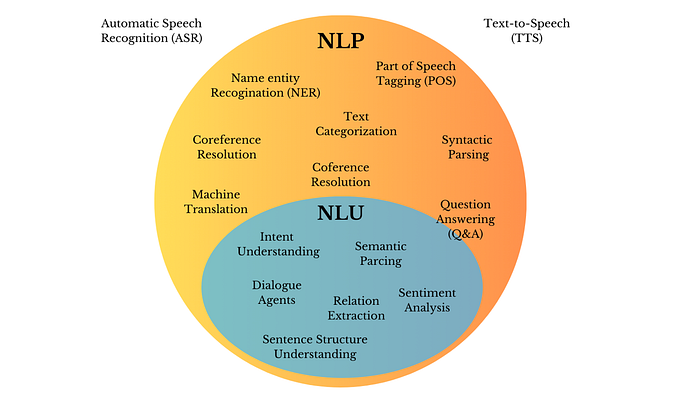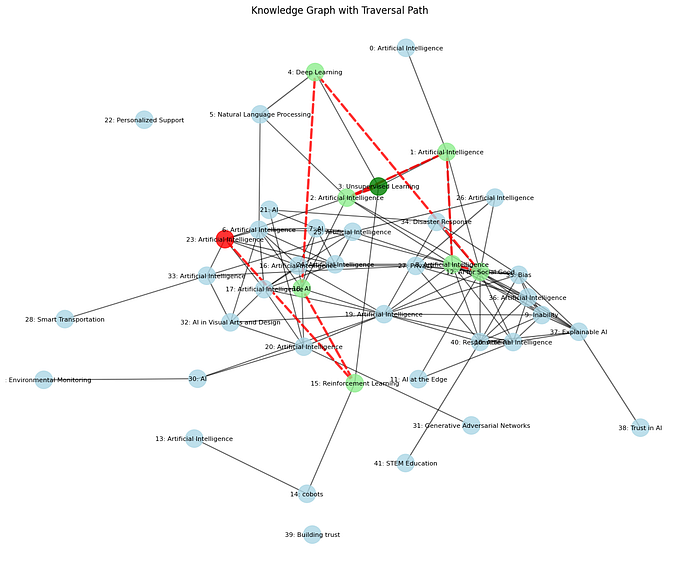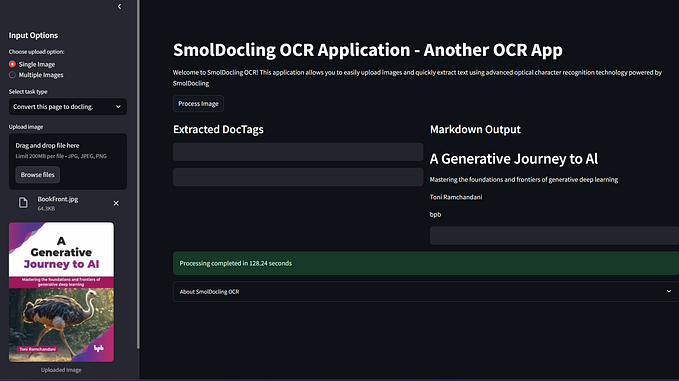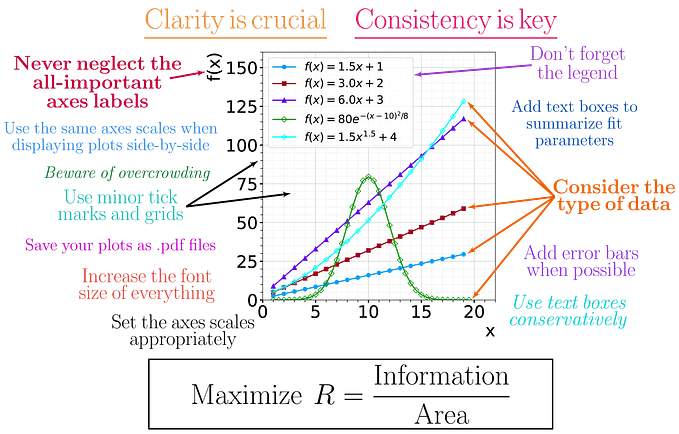Member-only story
How to Preprocess Text Data in Python for Natural Language Processing

Text preprocessing is a critical step in natural language processing (NLP) tasks, including text classification, sentiment analysis, and machine translation. In this tutorial, we will cover some essential text preprocessing techniques in Python.
Tokenization
Tokenization is the process of splitting text into individual words or tokens. The most common way to tokenize text is to split it based on whitespace or punctuation. Python’s nltk library provides several tokenization methods. Here is an example:
import nltk
nltk.download('punkt')
from nltk.tokenize import word_tokenize
text = "This is an example sentence."
tokens = word_tokenize(text)
print(tokens)The above print statement will produce the following output:
['This', 'is', 'an', 'example', 'sentence', '.']Stopword removal
Stopwords are commonly used words that do not carry significant meaning in a sentence, such as “the,” “a,” and “an.” Removing stopwords can improve the efficiency and accuracy of text processing. Python’s nltk library provides a list of stopwords that can be used for this purpose. Here is an example:
from nltk.corpus import stopwords
nltk.download('stopwords')
stop_words = set(stopwords.words('english'))
tokens_without_stopwords = [word for word in tokens if not word.lower() in stop_words]
print(tokens_without_stopwords)The above print statement will produce the following output:
['example', 'sentence', '.']








